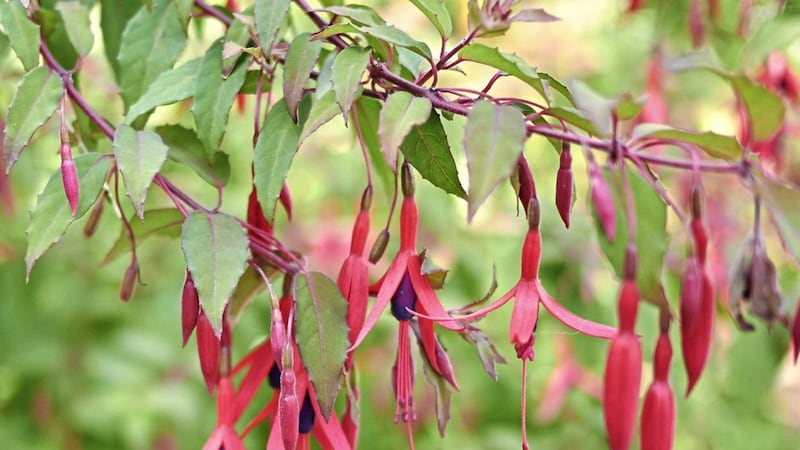THE west coast of Ireland has transformed in recent decades. For much of the last century, the once largely underdeveloped Atlantic seaboard represented Ireland untamed; a romantic notion of wilderness and asceticism, where the light, salty air, and a few pints of porter was enough to survive on.
Before the Celtic Tiger bounded across a landscape still dotted with whitewash and thatch, the reality for most was somewhat different, hence the exodus of people eastwards to Dublin or Britain, and farther afield to North America and Australia.
These days, the profusion of ostentatious single dwellings from Dingle to Donegal has certainly put the ‘wild’ in the Wild Atlantic Way, yet the West’s bucolic association prevails, the cardinal direction itself evoking images of scree covered peaks and crags underplanted with purple heather, or tall waves smashing into sea cliffs.
Running parallel to the West’s recent rebirth has been an inadvertent transformation in its flora. A coastline famed for its variety of plants and flowers nurtured by the warm, moist air of the Gulf Stream has steadily been swamped by invasive species from the Tropics.
Some do more harm than others. Rhododendron ponticum and Gunnera tinctoria (giant rhubarb) have abused the welcome they were given in the gardens of Victorian aristocrats, escaping into to the wild and colonising heathland across counties Mayo and Donegal in particular. Both plants boast dense canopies, which means they prevent light getting to smaller, less robust native plants.
There are other aliens that are slightly less invasive and whose presence doesn’t threaten the ecological balance to any great extent. Many have become mainstays of the Irish cottage garden. In the south west, for example, Fuchsia ‘Riccartonii’ has been made more welcome than any Englishman ever was, even being adopted as the flower to promote West Cork produce and attractions.
Named in honour of the 16th century German botanist Leonhart Fuchs, Fuchsias are known for their distinctive ballerina-like pendant flowers – the stamens and pistils hanging below a skirt of petals and sepals. If, as I did as a child, you’ve ever pulled the stamen from the flower and tasted its hidden end, you’ll know that they are rich in sweet nectar.
The two kinds of Fuchsia prized by gardeners have two very different functions.
On one hand, the more tender varieties are utilised in summer-bedding schemes and hanging baskets. These need to be overwintered indoors if they are to survive through to the following year.
Hardy Fuchsias, meanwhile, can be used as hedges and in other combinations of shrubs, growing well over head height. It is the latter that has naturalised across the island but with particular enthusiasm, along the Atlantic coastline. Good for bees and tolerant of salty, sea winds, Fuchsia ‘Riccartonii' makes an attractive hedge or standalone shrub. If it becomes unwieldy or lanky, it can be pruned back hard in spring.
In recent years there's been an explosion in the number of hardy fuchsia cultivars, all offering different takes on those distinctive hanging flowers.
Take the variety 'Hawkshead' for example, which rather than the usual scarlet and purple combination, has tubular flowers that are a ghostly greeny-white. Slightly more conventional yet just as eye-catching is 'Lady Bacon', a compact shrub whose flowers feature white sepals, light blue petals and long pinky stamens. ‘Champagne Celebration’ bears light pink petals with pink-white sepals with pointed tips.
Notable non-hardy varieties include ‘Rapunzel’, a trailing fuchsia with white and purple flowers, best suited to hanging baskets and window boxes.
For pots try ‘Dollar Princess’, which has small double flowers that look great against its deep green foliage.








